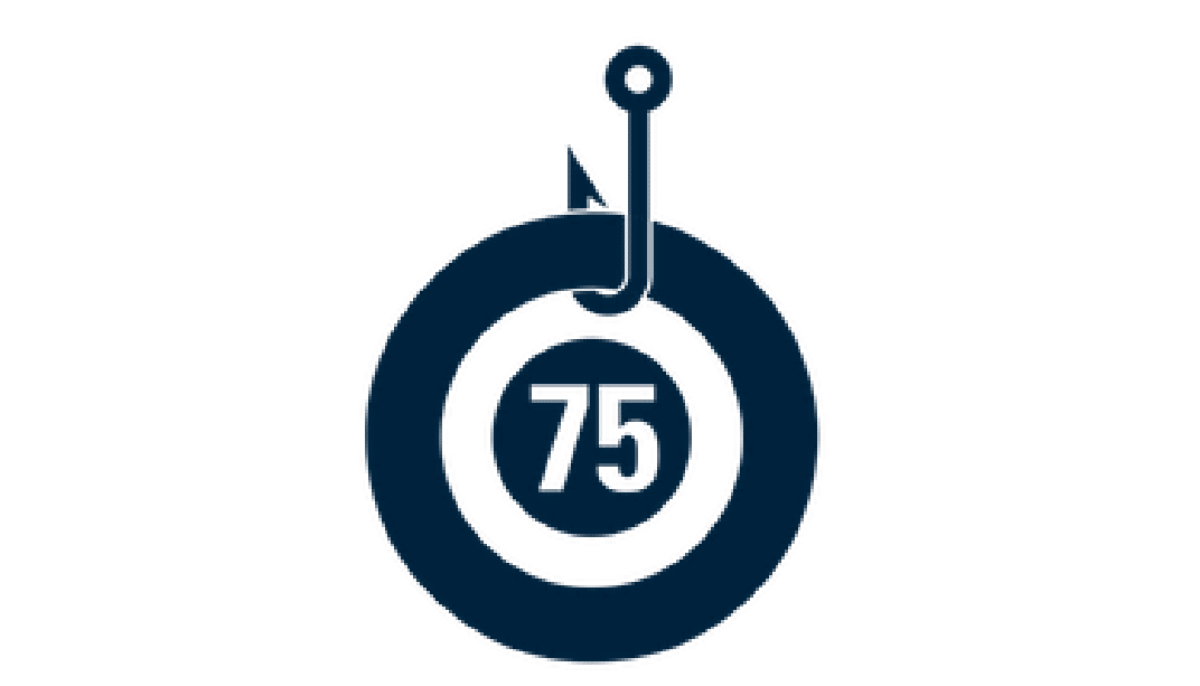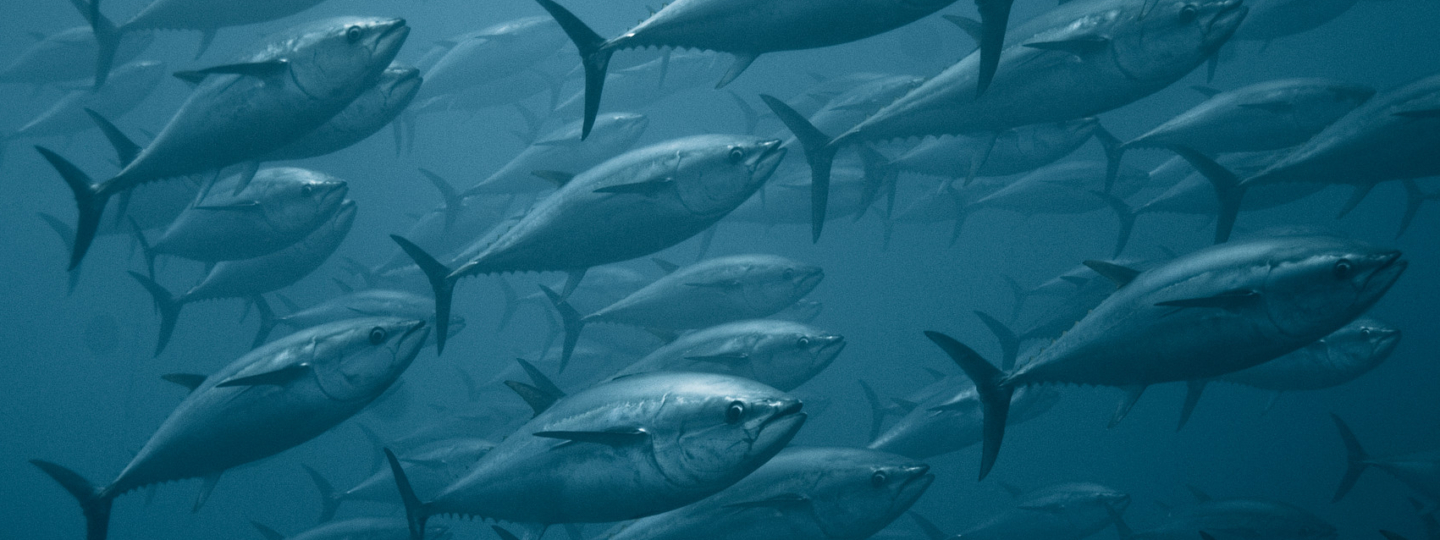Industry Leadership
Global alignment and targets
To work together toward sustainable seafood, we need shared goals.
SFP is working toward a world of 100% sustainable seafood. We stand by this ambitious goal. But we also recognize that achieving large-scale change and momentum requires stakeholders to come together and agree on language, standards, and definitions of sustainability.
SFP launched the Target 75 (T75) initiative in 2017, as a dedicated and concrete benchmark on the way to our ultimate goal.
T75 aims to ensure that 75 percent of seafood (by volume) in 13 key sectors is either sustainable or making regular, verifiable improvements. Together, the T75 sectors cover most of the main types of seafood consumed in North America and Europe, and a significant portion of what is consumed in Japan. See more information on the current sectors and their definitions.
Industry Leadership of T75
From the beginning, the seafood industry welcomed T75 as a useful framework for establishing their sustainability goals and focusing their efforts. What began as an NGO-led initiative has evolved into a framework, guiding industry-led dialogues, policies, commitments, and progress throughout the sustainable seafood movement.
As T75 has evolved, so has our approach to goal setting.
“SFP’s Target 75 initiative provides concrete improvement goals in key sectors, allowing us to focus our sustainability efforts and work together toward a future of sustainable seafood and healthy oceans.”
– Rob Johnson, Managing Director, Sea Pact
- Coldwater crab
- Farmed Whitefish
- Large pelagics
- Large shrimp
- Marine Ingredients
- Octopus
- Salmon
- Small shrimp
- Snapper and grouper
- Squid
- Swimming crab
- Tuna
- Wild Classic Whitefish
- certified by the Marine Stewardship Council (MSC); OR
- green-listed in SFP’s Seafood Metrics system.
- certified by one of the following programs: IFFO RS, ASMI Responsible Fisheries Management (RFM), Iceland Responsible Fisheries (IRF), Fair Trade USA; OR
- undergoing full assessment in the MSC program; OR
- covered by a fishery improvement project (FIP) that is making good progress (i.e., with a progress rating of A, B, or C, or formed within the last 12 months but still unrated), using SFP’s FIP Evaluation Tool.
- certified by one of the following programs: Aquaculture Stewardship Council (ASC), Best Aquaculture Practices (BAP), GlobalG.A.P.; OR
- in a formal aquaculture improvement project (AIP).
Sustainable:
Improving (wild-capture production):
Improving (farmed production):
“Before T75, Publix focused on our own supply chain and sustainability goals. Now, with T75, we’re looking at the bigger picture, seeing the need for sustainability beyond ourselves, and we’re re-energized to focus on improving fisheries at a global scale.”
– Guy Pizzuti, category manager, seafood, Publix
Let's Get to Target 75
Contact SFP’s Science Team to learn more about how you can help support global sustainable seafood targets.



